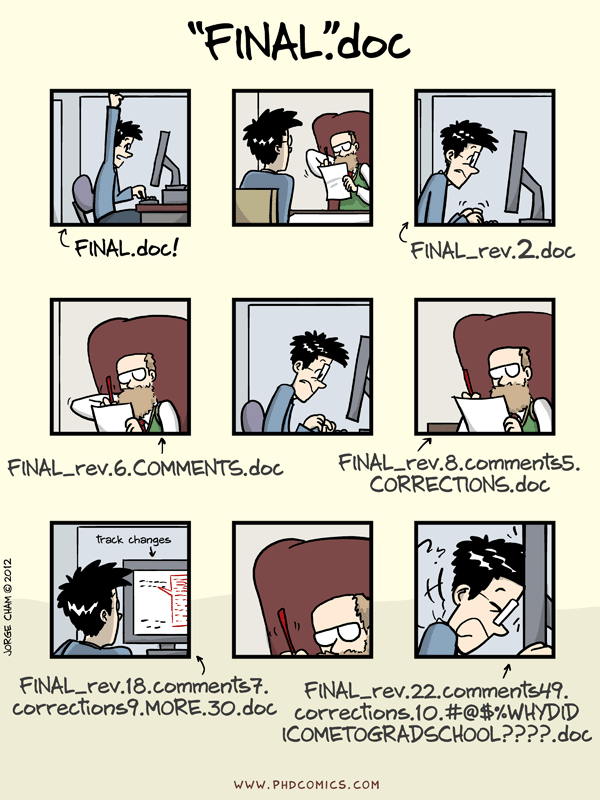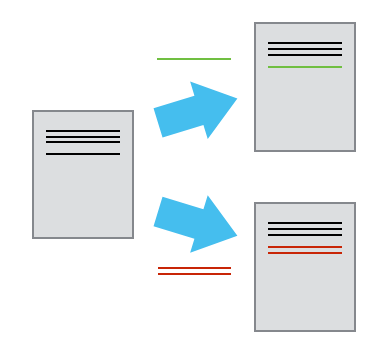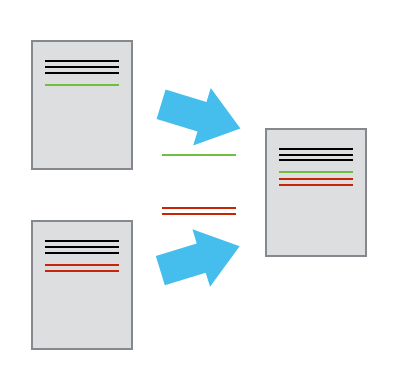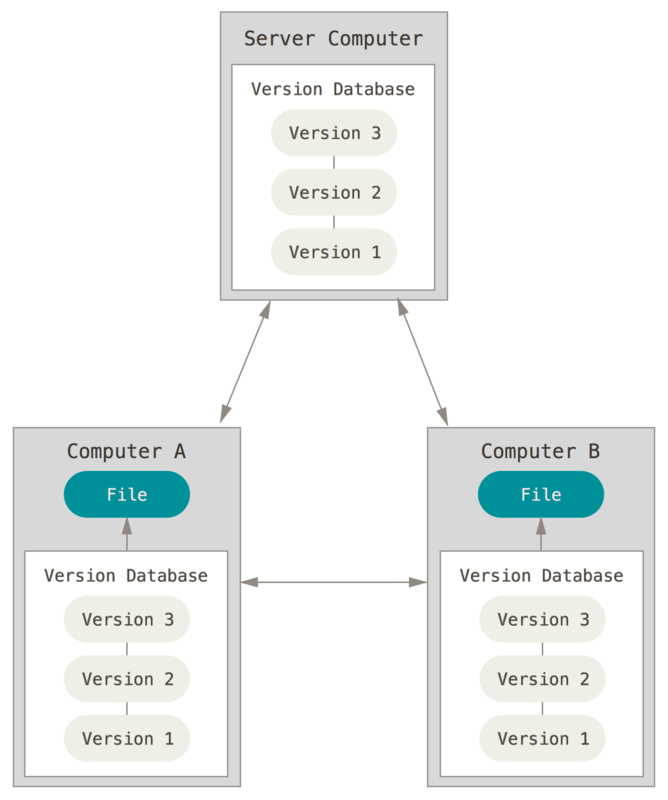Lesson 1. What Is Version Control
Git/GitHub For Version Control - Intro to earth data science textbook course module
Welcome to the first lesson in the Git/GitHub For Version Control module. A version control system allows you to track and manage changes to your files. Learn how to get started with version control using git and GitHub.com.Chapter Seven - Git/GitHub.com
In this chapter, you will learn about the benefits of version control for tracking and managing changes to your files. You will also learn how to implement version control using git and then upload changes to the cloud version of your files on Github.com.
After completing this chapter, you will be able to:
- Define version control.
- Explain why version control is useful in a scientific workflow.
- Implement version control using git.
What You Need
Be sure that you have completed the instructions on Setting up Git, Bash, and Conda on your computer to install the tools for your operating system (Windows, Mac, Linux).
You will also need a web browser and your GitHub.com login (username and password).
The text and graphics in the first three sections were borrowed, with some modifications, from Software Carpentry’s Version Control with git lessons.
What is Version Control?
A version control system maintains a record of changes to code and other content. It also allows us to revert changes to a previous point in time.

Types of Version control
There are many forms of version control. Some not as good:
- Save a document with a new date or name (we’ve all done it, but it isn’t efficient and easy to lose track of the latest file).
- Google Docs “history” function (not bad for some documents, but limited in scope).
Some better:
- Version control tools like Git, Mercurial, or Subversion.
Why Version Control is Important
Version control facilitates two important aspects of many scientific workflows:
- The ability to save and review or revert to previous versions.
- The ability to collaborate on a single project.
This means that you don’t have to worry about a collaborator (or your future self) overwriting something important. It also allows two people working on the same document to efficiently combine ideas and changes.
Thought Questions: Think of a specific time when you weren’t using version control that it would have been useful.
- Why would version control have been helpful to your project and workflow?
- What were the consequences of not having a version control system in place?
How Version Control Systems Works
Simple Version Control Model
A version control system tracks what has changed in one or more files over time. Version control systems begin with a base version of a document. Then, they save the committed changes that you make.
You can think of version control as a tape: if you rewind the tape and start at the base document, then you can play back each change and end up with your latest version.

Once you think of changes as separate from the document itself, you can then think about “playing back” different sets of changes onto the base document. You can then retrieve, or revert to, different versions of the document.
Collaboration with version control allows users to make independent changes to the same document.

If there aren’t conflicts between the users’ changes (a conflict is an area where both users modified the same part of the same document in different ways), you can review two sets of changes on the same base document. If there are conflicts, they can be resolved by choosing which change you want to keep.

A version control system is a tool that keeps track of all of these changes for us. Each version of a file can be viewed and reverted to at any time. That way if you add something that you end up not liking or delete something that you need, you can simply go back to a previous version.
Git and GitHub - A Distributed Version Control Model
Git uses a distributed version control model. This means that there can be many copies (or forks/branches in GitHub world) of the repository. When working locally, git is the program that you will use to keep track of changes to your repository.
GitHub.com is a location on the internet (a cloud web server) that acts as a remote location for your repository. GitHub provides a backup of your work that can be retrieved if your local copy is lost (e.g. if your computer falls off a pier). GitHub also allows you to share your work and collaborate with others on projects.

How Git and GitHub Support Version Control
Due to the functionality that each tool provides, you can use git and GitHub together in the same workflow to:
- keep track of changes to your code locally using git.
- synchronizing code between different versions (i.e. either your own versions or others’ versions).
- test changes to code without losing the original.
- revert back to older version of code, if needed.
- back-up your files on the cloud (GitHub.com).
- share your files on GitHub.com and collaborate with others.
Throughout this textbook, you will learn more about the functionality of git and GitHub for version control and collaboration to support open reproducible science.
Share on
Twitter Facebook Google+ LinkedIn
Leave a Comment